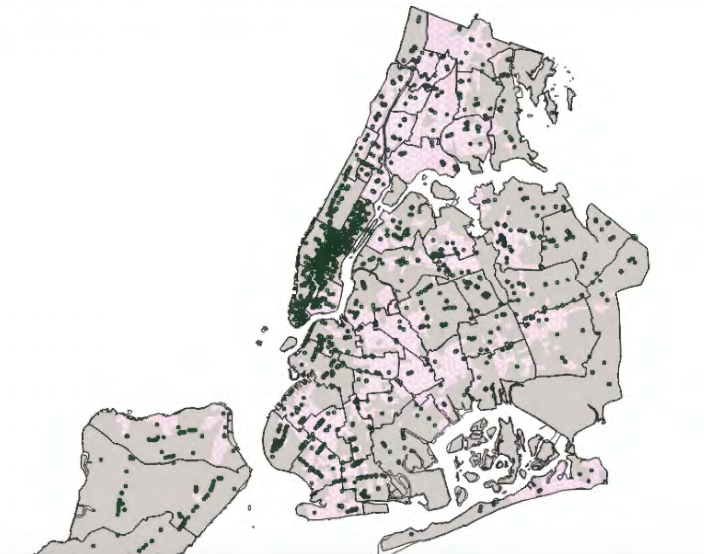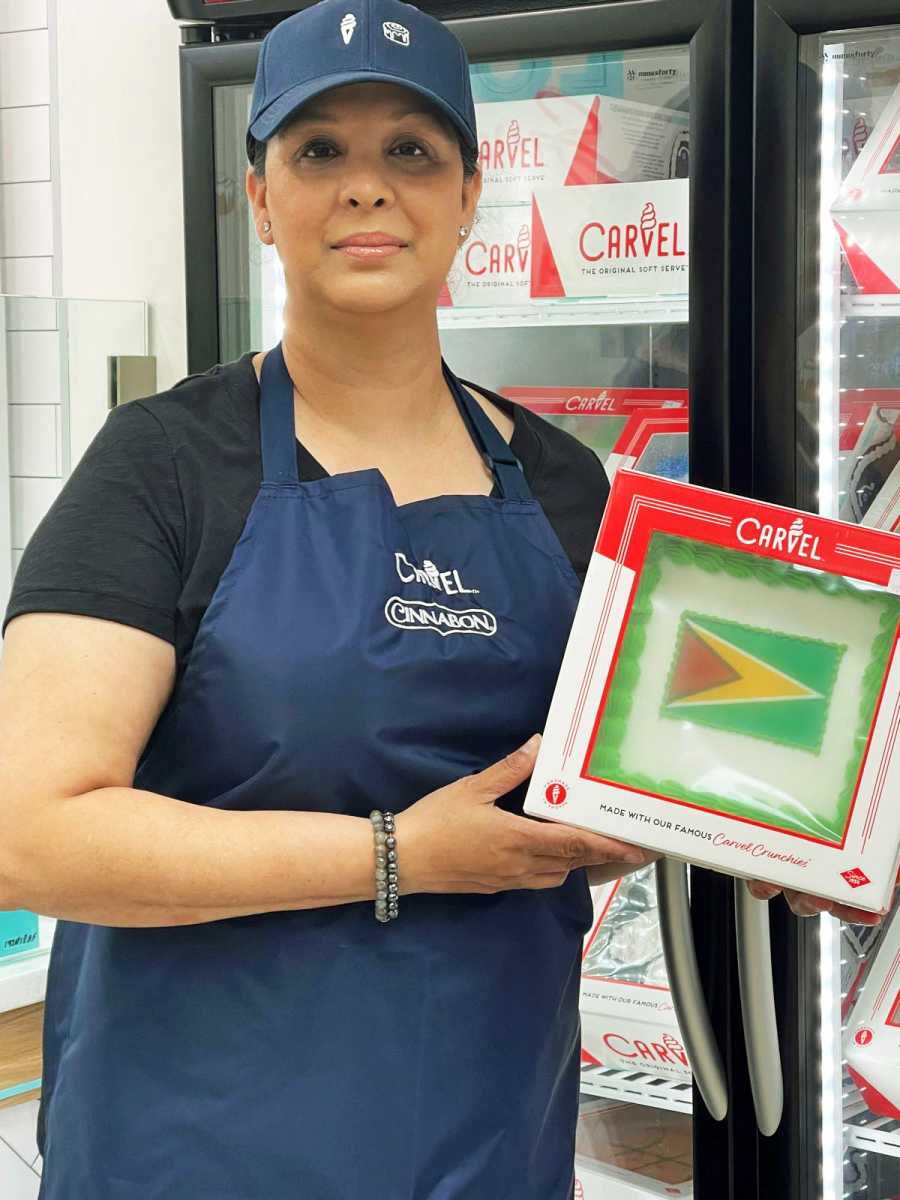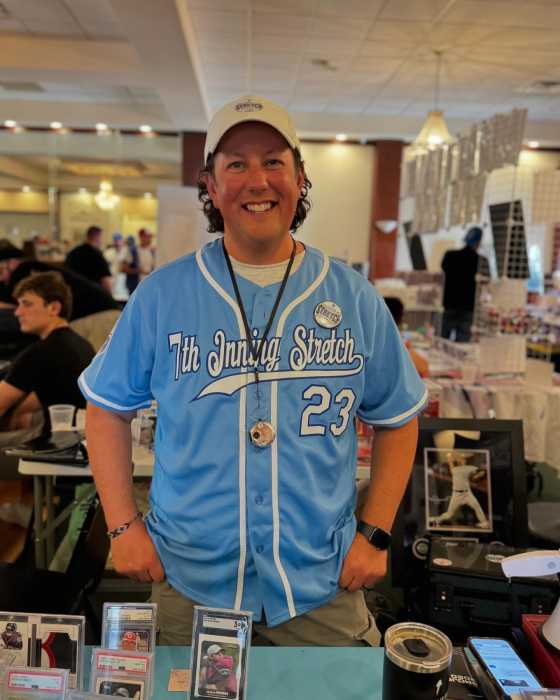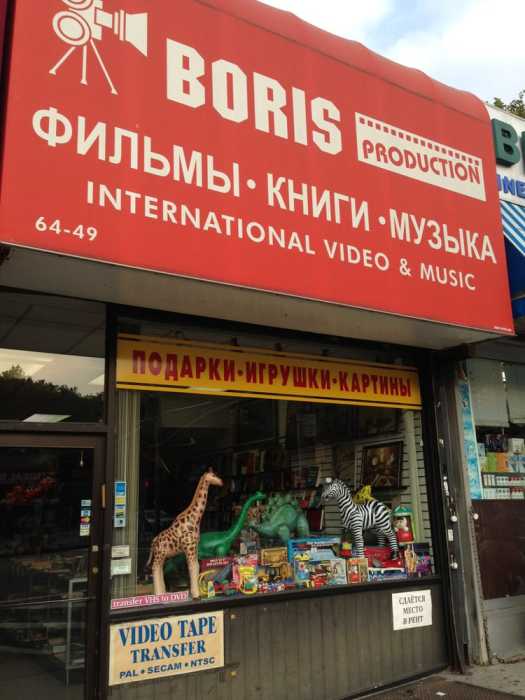Earlier in October, Bank of America targeted southeastern Queens for a corporate service event.
The bank partnered with Habitat for Humanity New York City to host from a volunteer event from Oct. 5-12, where employees traveled to southeast Queens to help build single-family homes.
Jamaica certainly has an outsourced need for affordable housing — in that community district, 48 percent of households are rent burdened, which is a greater share than the rest of the borough or the city as a whole.
But in addition to picking a neighborhood with a notable level of housing inequality, the banking giant chose a part of Queens with another notable financial issue that involves its own industry: the surrounding area is a banking desert.
Although Bank of America does have one financial center on the eastern border of Springfield Gardens and Laurelton and three centers in Jamaica, a particularly large area of including neighborhoods surrounding Springfield Gardens do not have any Bank of America branches or ATMs.
The desert stretches from western Springfield Gardens up through South Jamaica and South Ozone Park.
And Bank of America isn’t the only bank to avoid the area.
“This is also a challenge. Banks don’t like to be alone, so when there’s already a number of banks, they’ll put another one–when there’s a commercial corridor for example. But then there might be a commercial corridor with none because there’s none there. So it’s almost like a self-fulfilling prophecy,” said Jaime Weisberg, an analyst for Association for Neighborhood Housing & Development (ANHD).
A report that Weisberg authored for ANHD found that what western Springfield Gardens does have in lieu of bank branches are non-bank lenders such as check cashers, pawn shops, and private ATM machines that charge increased consumer fees and higher rates of interest.
Weisberg’s report also discovered that the bank desert corresponded with a particularly high distribution of loans made by these non-bank lenders in southeast Queens, where the borrowers are majority black.
In August, ANHD took federal bank regulators on a tour of South Jamaica and Springfield Gardens to show them that new reforms are needed to the Community Reinvestment Act (CRA), a federal law designed to stop redlining, or discriminatory credit practices against low-income neighborhoods.
Driving south from Jamaica on Guy R. Brewer, the tour bus took 20 minutes before encountering a commercial bank, according to Weisberg.
For Bank of America, the event represented the largest iteration of its charitable partnership with Habitat for Humanity to date. Around 2,800 bank volunteers teamed up with local affiliates to help build, rehabilitate or repair homes, and address the affordable housing in 108 communities across ten countries, according to the bank’s spokesperson.
In Jamaica, Habitat NYC is rehabilitating these homes and selling them to New York City families earning between 50 percent and 80 percent of the city’s area median income.
The ANHD study agreed that banks should be helping residents get access to affordable homeownership. It also recommended that banks should open branches in areas that are underbanked, especially areas identified by local organizations.
“I’m glad that banks are doing service, but they could also be investing in affordable housing and helping people buy homes and stay in their homes and go to these areas that are underserved,” said Jamie Weisberg.





































